Planning a Leh Ladakh trip? Planning a Leh Ladakh trip ? You’re probably dreaming of those epic mountain views and that crisp mountain air. Well, it’s not just the views that’ll take your breath away! Altitude Sickness in Leh Ladakh is a notorious part of the journey and something many travelers worry about before visiting.
Altitude sickness in Leh Ladakh is the uninvited guest that shows up when you're too excited to realize you're breathing thinner air. At 11,000 feet, it’s no joke! It’s real and it can hit anyone, even seasoned travellers. So before you head to Ladakh, it’s smart to understand what you’re walking into.
This guide will walk you through what altitude sickness actually feels like, how to prevent it, and what to do if it sneaks up on you. It’s not a big deal if you handle it right! Whether you’re flying in or going full throttle on a Ladakh bike trip, a little preparation goes a long way.
What Is Altitude Sickness in Leh Ladakh and Why Does It Happen?
Altitude sickness, also known as Acute Mountain Sickness (AMS), happens when your body doesn’t get enough oxygen at high altitudes. Leh Ladakh height from sea level is over 11,000 feet, where the air is much thinner than what most of us are used to.
When you travel too quickly to such heights, especially by flight, your body doesn’t get enough time to adjust. As a result, you may start feeling symptoms like headache, dizziness, nausea, shortness of breath, and fatigue.
In Ladakh, this can happen to anyone—first-timers, experienced trekkers, even people who are super fit. It’s not about how strong you are physically, but how well your body adapts to less oxygen. The key? Acclimatization and knowing your limits!
Types of Altitude Sickness: AMS, HAPE, and HACE Explained
Altitude sickness isn’t just one thing, it comes in different forms, and while some are mild, others can be life-threatening if ignored. Here's what you need to know:
1. Mild AMS – The Wake-Up Call
As the name suggests, mild AMS in Leh Ladakh is the most common and manageable form. Travelers may feel slight discomfort like a low-grade headache, fatigue, or a general feeling of unease. These symptoms usually don’t interfere with daily activities and often fade once your body acclimates to the thin air. Rest, hydration, and slow movements usually do the trick.
2. Moderate AMS – Time to Slow Down
This level is a bit more serious. You might experience persistent headaches, nausea, or even breathlessness while doing simple tasks. These symptoms can interfere with your normal routine, making it tough to enjoy your Ladakh adventures. At this stage, it's advised to take rest, avoid further ascent, and if symptoms worsen, consider descending to a lower altitude.
3. Severe AMS – Emergency Mode
Now we’re talking serious stuff. Severe AMS can come with shortness of breath even at rest, dizziness, rapid heartbeat, palpitations, or confusion—and it can be life-threatening if ignored. Immediate descent and emergency medical help are non-negotiable at this point. Don’t try to “tough it out”—your body’s waving a big red flag.
4. HAPE (High Altitude Pulmonary Edema) – Fluid in the Lungs
HAPE is a serious condition where fluid builds up in your lungs due to high altitude. It can cause breathlessness even at rest, a persistent cough, chest tightness, and extreme fatigue. It’s more dangerous and needs immediate descent and medical attention.
5. HACE (High Altitude Cerebral Edema) – Fluid in the Brain
This is the most severe and rare form of altitude sickness. It happens when the brain starts to swell due to lack of oxygen. Symptoms include confusion, loss of coordination, hallucinations, and even unconsciousness. Like HAPE, HACE is a medical emergency and requires fast descent and oxygen.
Suggested Read: How to Plan an Ultimate Trip to Leh Ladakh- All FAQs Answered
Common Symptoms of Altitude Sickness in Leh Ladakh
The condition usually begins with a sense of confusion and fatigue, but early symptoms of AMS can vary from person to person. To help you stay alert and prepared before your Ladakh trip, here’s a complete list of possible symptoms you might experience:
- Headache – Often the first and most common symptom.
- Dizziness or lightheadedness – Feeling off-balance or woozy.
- Nausea or vomiting – A queasy stomach or loss of appetite.
- Fatigue – Unusual tiredness even after rest.
- Shortness of breath – Especially when walking or climbing stairs.
- Disturbed sleep – Trouble falling asleep or frequent waking.
- Rapid heartbeat (palpitations) – Especially when resting.
- Lack of coordination – Feeling clumsy or disoriented.
- Chest tightness – A feeling of pressure or discomfort in the chest.
- Bluish lips or fingertips – A sign of low oxygen levels.
- Wheezing or congestion – Trouble breathing clearly.
- Irritability or confusion – Feeling mentally foggy or easily annoyed.
How to Prevent Altitude Sickness in Leh Ladakh
Thinking about how to avoid AMS in Ladakh? While you're packing your winter jackets and charging your camera for those stunning views, don’t forget to pack a little awareness about altitude sickness too. Here’s how to stay ahead of it:
- Take it slow – Give your body time to adjust. Avoid rushing your itinerary. Stay in lower altitudes (like Leh town) for 1-2 days before heading to higher places like Nubra, Pangong, or Khardung La.
- Avoid flying directly to high altitude – Sure, flying is the fastest and most popular option, but it also gives your body zero time to adjust. If your schedule allows, consider arriving by road from Manali or Srinagar — the gradual gain in altitude helps your body acclimatize better. But if you must fly (like most people do), make sure to rest completely on Day 1 and follow all the prevention tips seriously.
- Stay hydrated – Drink plenty of water. Dehydration can make symptoms worse. But avoid too much caffeine or alcohol, they mess with your hydration levels and slow down acclimatization.
- Eat light but often – Stick to easy-to-digest meals. Your digestion slows down in high altitudes, so skip the heavy fried stuff.
- No overexertion – On Day 1, don’t go running up a hill just because you're excited. Take small walks, rest, and relax. And yes, avoid taking a bath on Day 1.
- Avoid alcohol and smoking – Both can mess with your oxygen levels and make things worse. Save the celebrations for when you're back at lower altitudes.
- Keep warm – Cold weather can worsen breathing issues. Dress in layers and stay warm, especially during night stays in places like Pangong or Tso Moriri.
- Acclimatization day – Make time in your itinerary for at least one full acclimatization day in Leh to help your body adjust and reduce the risk of Leh Altitude Sickness before starting your adventure.
- Carry preventive medicine – Medicines like Diamox (acetazolamide) can help prevent AMS. But consult a doctor before taking anything.
- Know your body – If you’ve had altitude sickness before, be extra cautious. Listen to your body, don’t ignore symptoms like headaches or breathlessness.
Suggested Read: How to Plan a Memorable Family Trip to Leh Ladakh in 2025
Medicines and Remedies for Altitude Sickness in Leh Ladakh
With the right remedies and medicines, you can manage the high altitude sickness in Leh Ladakh well or even avoid it altogether.
- Diamox (Acetazolamide) – One of the most commonly recommended preventive medicines. It helps the body acclimatize faster.
Tip: Start taking it one day before reaching Leh, only after consulting a doctor.
- Paracetamol or Ibuprofen – For managing mild headaches and body aches that come with AMS.
- Oxygen Cylinder or Portable Oxygen Canisters – If you're struggling with breathlessness, especially in places like Pangong Lake or Khardung La, these can be lifesavers. You can rent portable oxygen cylinders in Leh.
- Camphor or Garlic Capsules – Old-school but still effective for some people. Locals often use camphor or garlic as natural breathing aids.
- ORS or Glucose Powder – To keep you hydrated and energized, especially if you’ve been vomiting or feeling drained.
- Ginger or Lemon Tea – Helps with nausea and keeps you warm too. It’s a great natural remedy and is easily available in most cafés.
What to Do If You Get High Altitude Sickness in Leh Ladakh
- Stop and Rest: The moment you feel symptoms like headache, nausea, or breathlessness, stop and rest. Don’t try to “push through it,” that can make things worse.
- Avoid Gaining More Altitude: If symptoms appear, avoid traveling to a higher place (like Khardung La or Pangong) until you feel better. Staying put is crucial.
- Descend If It Gets Worse: If symptoms get severe like breathlessness at rest, confusion, or chest tightness, go to a lower altitude immediately. Even descending a few hundred meters can help a lot.
- Take Medication: Medicines like Diamox (Acetazolamide) help speed up acclimatization. You can also take ibuprofen or paracetamol for headache relief. But always consult a doctor before taking anything new.
- Stay Hydrated and Warm: Drink plenty of fluids and avoid alcohol. Stay warm, as cold weather can make symptoms worse.
- Use Oxygen, If Needed: If your hotel or car has an oxygen cylinder and your symptoms are moderate, a short dose might help. But remember, this is not a cure — it's a temporary relief.
- Visit the Nearest Hospital: Leh has a hospital equipped for altitude sickness cases. Don’t hesitate to seek medical help if things feel off.
Suggested Read: Best Time to Visit Ladakh: A Complete Season-Wise Guide
Is It Safe to Visit Leh Ladakh with Kids or Health Conditions?
Short answer: Yes, but with precautions.
Ladakh is a beautiful destination, but it’s also at a high altitude, which means thinner air and lower oxygen levels. This can affect both kids and people with existing health issues more sensitively.
Kids in Ladakh
- Children above 5 years usually manage well, if properly acclimatized.
- Infants and toddlers might struggle, especially if they can’t express how they feel. Avoid very high-altitude places like Khardung La or Pangong early in the trip.
- Keep your Day 1 very light. No running, no hill hikes. Let their little bodies adjust.
- Pack warm clothes, snacks, water, basic meds, and distractions (because tantrums at 11,000 ft aren’t fun).
People with Health Conditions
- If you or someone in your group has heart issues, asthma, high BP, or breathing problems, consult a doctor before the trip — this is non-negotiable.
- Carry all your prescribed medicines and extra doses.
- Keep portable oxygen if you're unsure.
- Travel by road if possible (via Manali or Srinagar), so your body gets time to adjust gradually.
Ladakh is stunning, surreal, and sitting way up there — literally! With the Ladakh height from sea level around 11,500 ft, it’s no surprise that Acute Mountain Sickness in Ladakh can sneak up on even the fittest of travelers. But don’t let that scare you. Just slow down, sip water like it's chai, and let your body catch up with your bucket list.
And hey, if you're planning that dream trip with expert guidance, check out WanderOn. We know the terrain, the tips, and all the hidden gems—minus the AMS drama.
So go ahead, conquer those passes, strike that mountain pose, and make Ladakh memories that last longer than your oxygen levels at Khardung La!






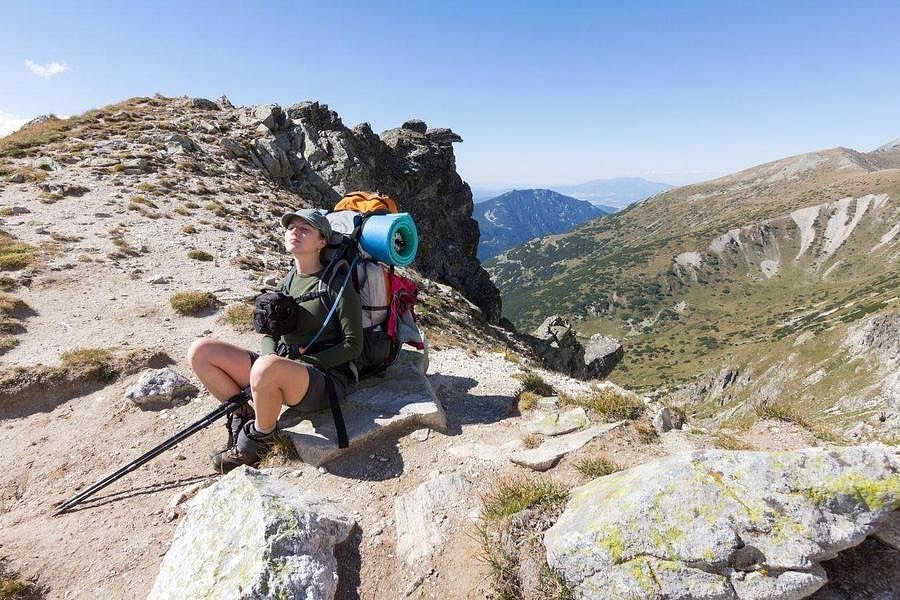
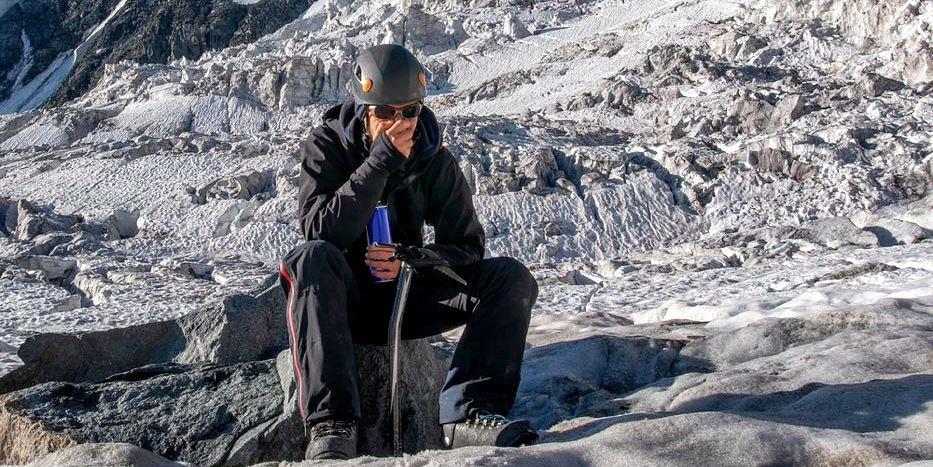
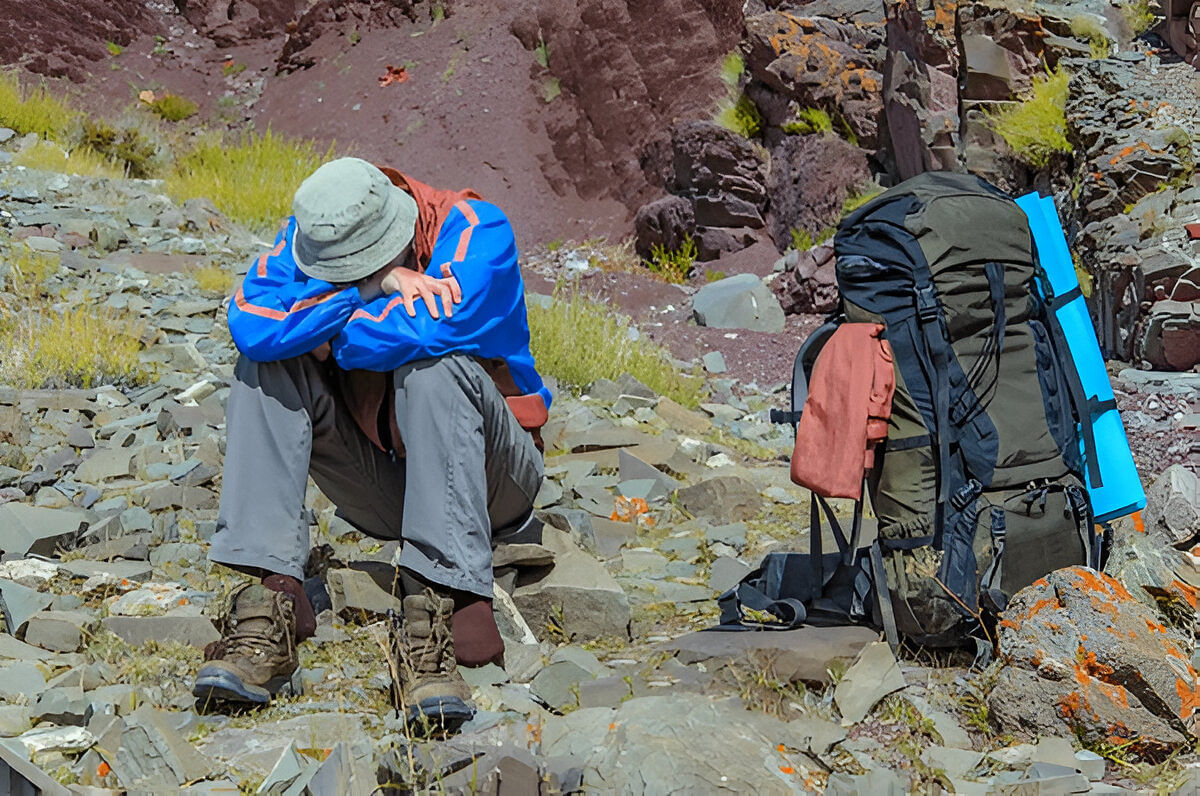
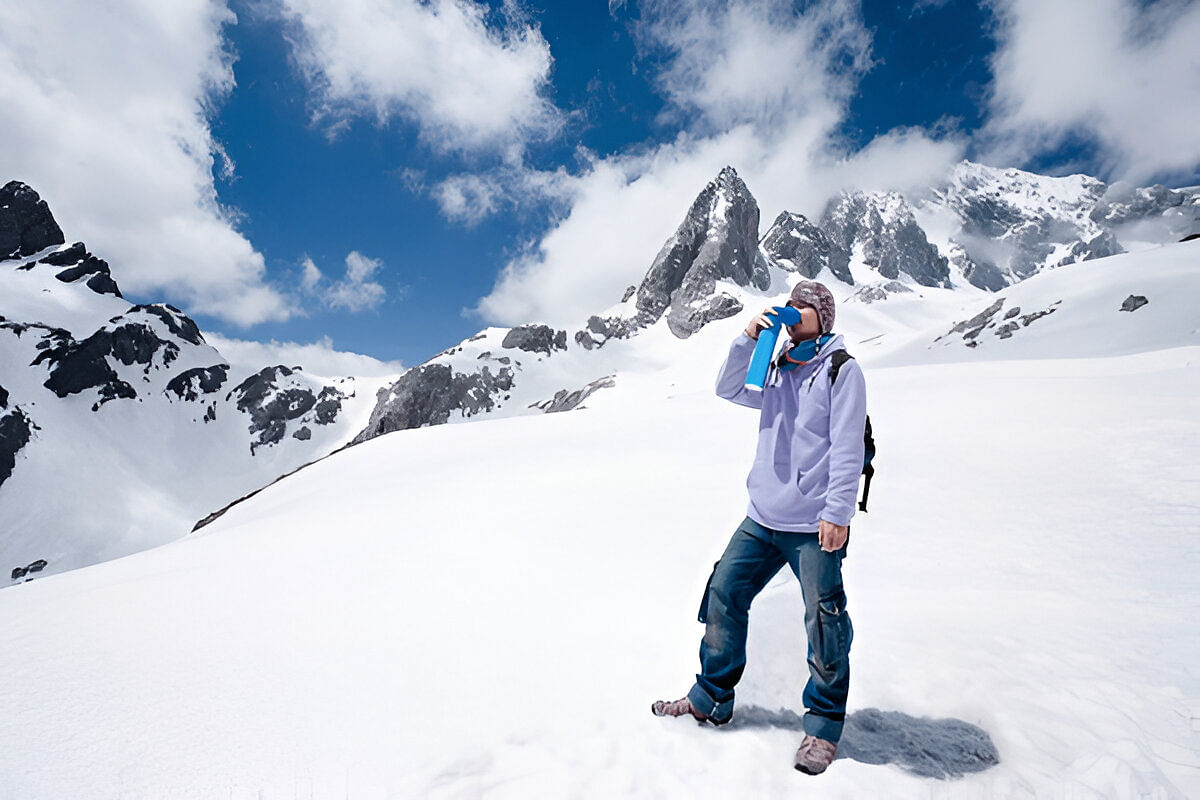

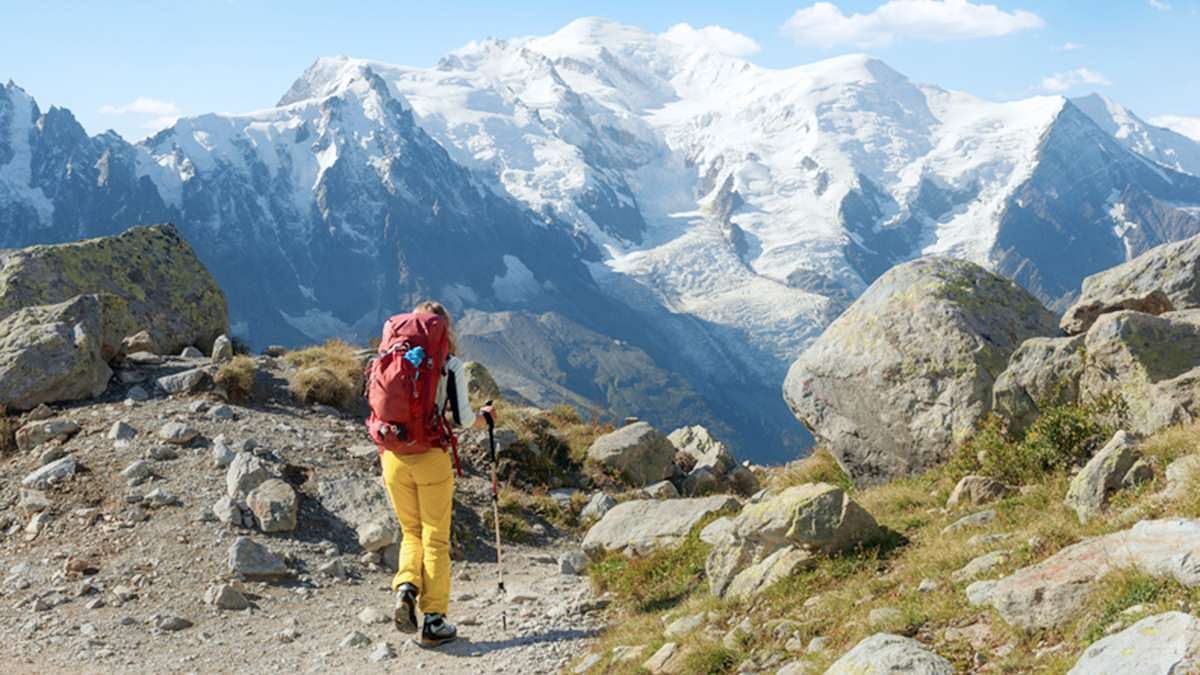
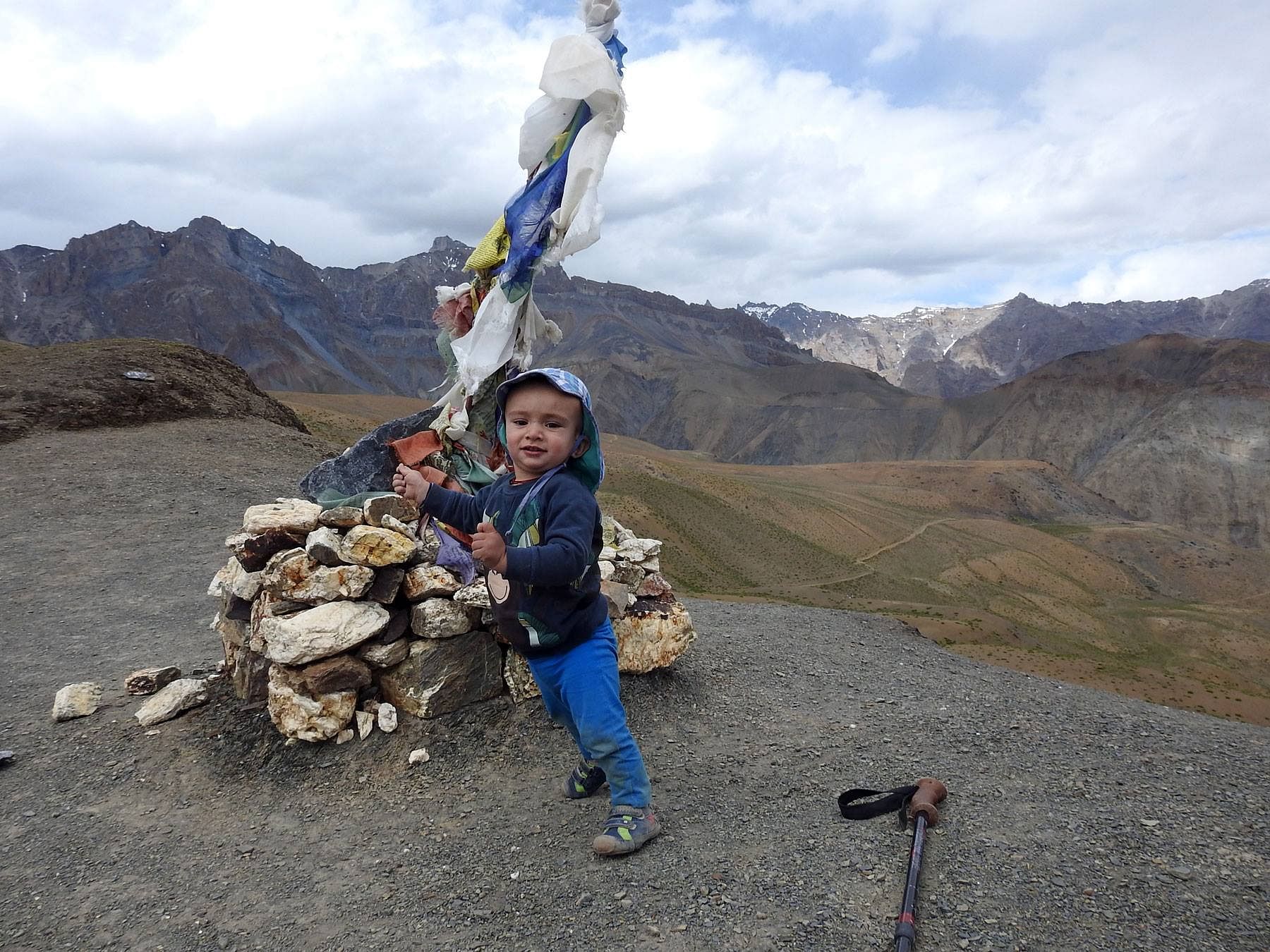
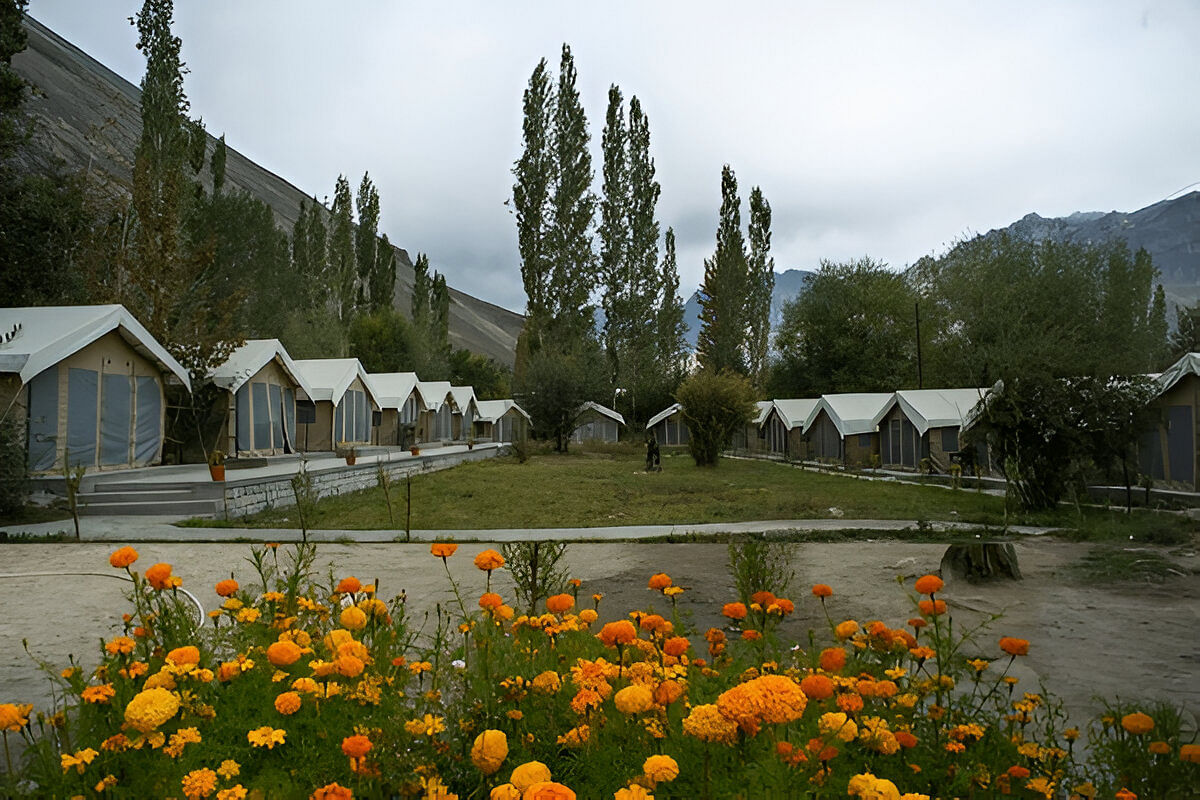
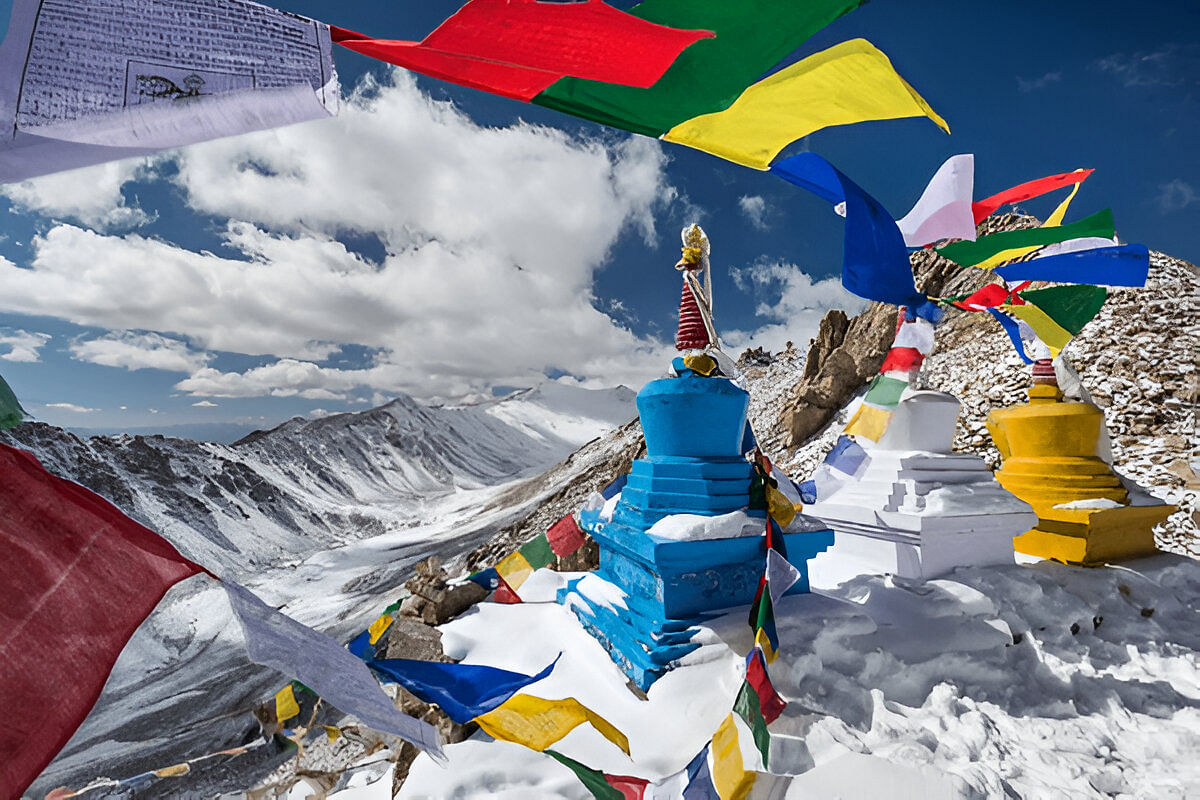
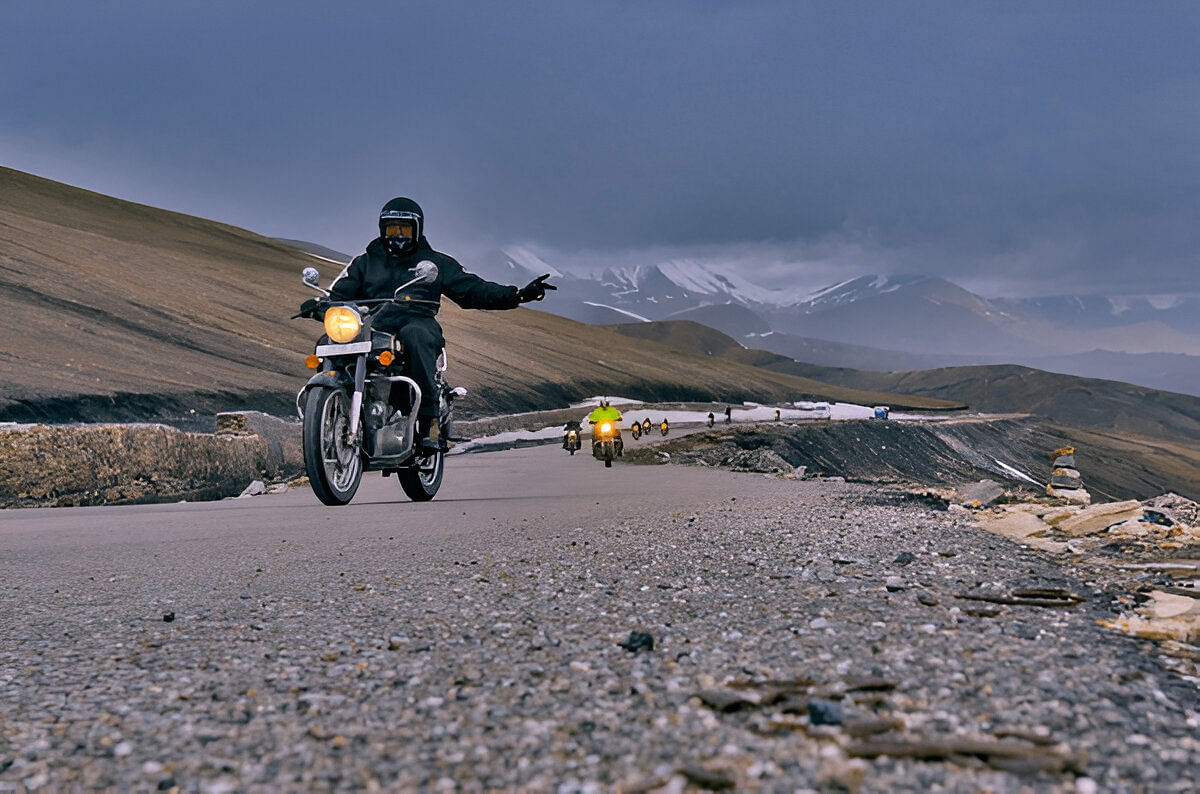
?updatedAt=1744700396004)
?updatedAt=1744700396125)
?updatedAt=1744700396036)
?updatedAt=1744700396120)
?updatedAt=1744700396009)
?updatedAt=1744700396037)
?updatedAt=1744700396035)
?updatedAt=1744700396092)